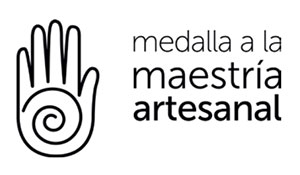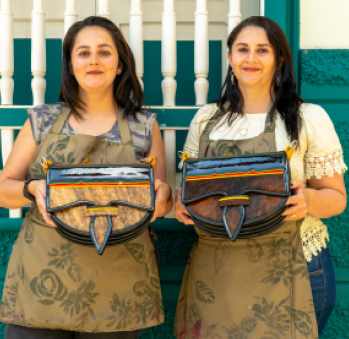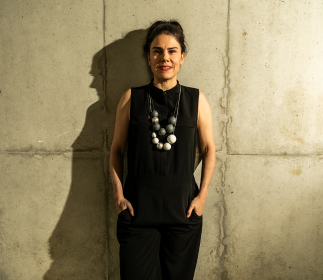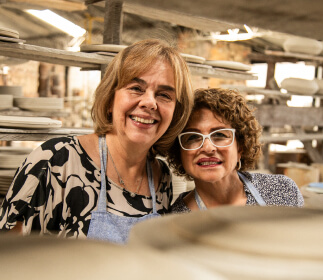Rubén Darío Agudelo Bohorquez
SCHEDULE YOUR VISIT
Carrera 3 # 7 – 03
3207268300
3216069163
carrielarte@gmail.com
@carrielarte
@Carrielarte
Don Darío cannot help passing by the workshop every day. The smell of leather calls to him. He knows that the craft he learned more than 70 years ago will keep on living thanks to the skilled hands of Rubén Darío, his son, and Alejandra and Carolina, his granddaughters. Nonetheless, feeling a leather satchel in his hands fills him with life. He can tell that every one of the refined leather satchels he sees carries with it the tradition of the entire people of Antioquia.
It condenses the stories of the muleteer, the conqueror, and the wanderer in a single ware. No one can imagine what a leather satchel is until they see it. Afterward, everything becomes clear because they understand that it represents an entire world. It is a container of stories: the paisa showcase, as Rubén Darío calls it. It was used when people had to ride on horseback and there was nothing more than a railroad along the border between the departments of Antioquia and Cauca. Back then, the men who traveled for months used their satchels to store “their aguardientico, their tobacco leaves, their needles for fixing tools, horseshoe nails, letters, combs, mirrors, scapulars, rosaries, notebooks in which to write shopping lists, pencils, inkwells, pocketknives.” The latter are the words of a man full of grace and charisma who was able to say them without taking a breath.
Of course, to carry those three or four kilos of stuff for miles at a time, these travelers needed a good container. They needed a bag that could even keep their secrets: a love letter or two, a photo, or a lock of hair of their passing affair. The leather satchel was also created with the clear purpose of bearing forbidden stories. This explains why these wares have 118 assembled pieces and 12 separate parts that include padded sections, pockets, zippers, and hidden compartments.
This craft needs a great amount of skill and is performed according to certain rules that have been followed by the book for decades. They all have the red and yellow colors of the Jericó flag and the unmistakable patent leather that characterizes them. Although this was a male-dominated craft for years, nothing and no one can stop the Agudelo family. The heiresses of the business, Alejandra and Carolina, know that “the apple does not fall far from the tree.” Hence, after finishing their studies to become teachers in Medellín, they started mastering the techniques required to work with leather. However, above anything else, they devoted themselves to learning the craft of making leather satchels from their father and grandfather. They did not get scared away from the trade because they had to stand all day or because their hands turned callous. On the contrary, these difficulties have only made them more invested. They even learned airbrushing, which has let them innovate in their line of work with designs that modernize the different wares they craft.
Carrielarte is the first workshop in town that allows women to work in the trade. Its members have also spent some effort tracing the origins of the sanpedreño satchel, created in San Pedro de Los Milagros. It fell into disuse because people preferred the one from Jericó. They intend to bring these satchels back to life with the help of their mother, Luz Helena Gaviria, by adding her silk-thread weavings on their covers. This family is an authority in the craft and it is thrilling to witness how much joy it causes them.
Craft
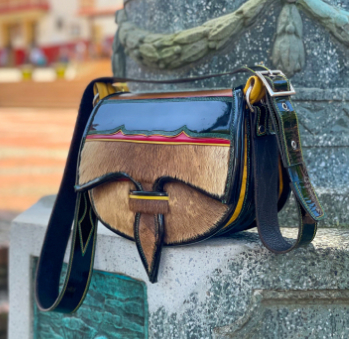





Artisans along the way
Artisans along the way
No puede copiar contenido de esta página








































